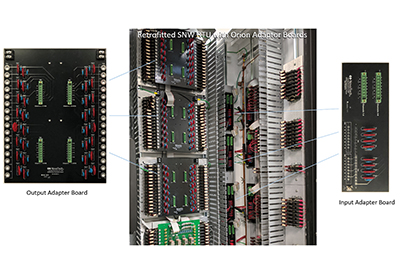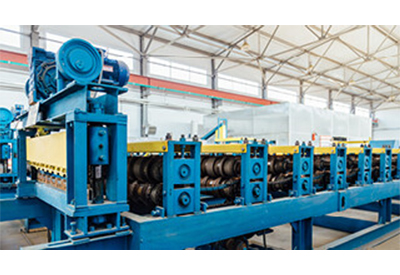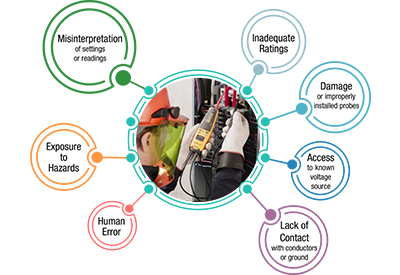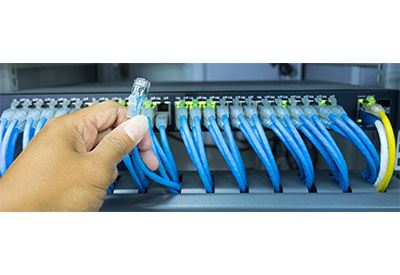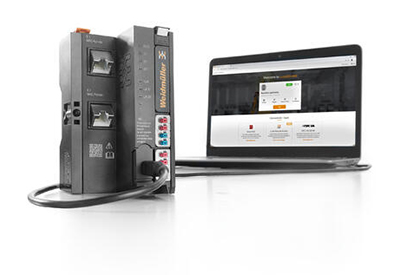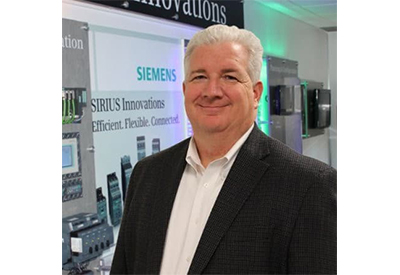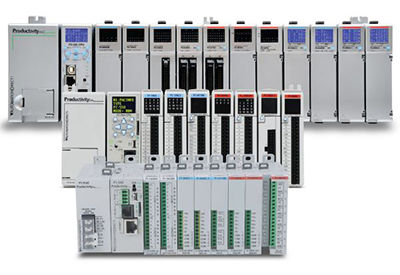Ease of Use Key to Replacing Aging Substation RTUs
Support challenges associated with aging and obsolete Remote Terminal Units (RTUs), combined with built-in cyber security and expanded functionality in modern RTU designs, are accelerating utility efforts to replace legacy hardware. The increasingly critical role of the substation RTU, notably in bulk and transmission substations, underscores the importance of ease of use, high performance, interoperability and scalability.

